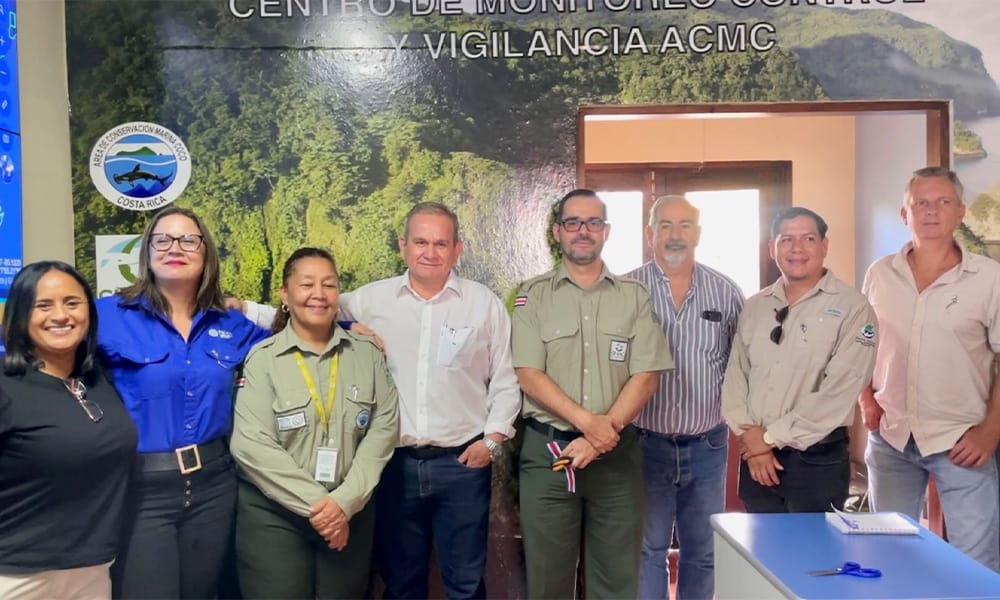Costa Rican officials unveiled a state-of-the-art satellite monitoring center this week aimed at strengthening conservation and surveillance within the country’s marine protected areas, including the renowned Cocos Island National Park.
The facility, situated at the National System of Conservation Areas (SINAC) headquarters in Heredia, represents a joint effort between Costa Rican authorities, WildAid and other partners to safeguard delicate ocean ecosystems against threats like illegal fishing.
Cutting-edge technology enables real-time vessel tracking to ensure compliance in no-take zones and regulated fishing grounds. Systems integrate AIS data, Global Fishing Watch mapping, and access to regional monitoring platforms.
“This marks a significant stride for Costa Rica and the Eastern Tropical Pacific in the fight against unsustainable practices,” said Gina Cuza, Director of SINAC, at Monday’s launch event. “We extend profound thanks to WildAid and collaborators for their staunch support protecting marine life.”
The monitoring hub was made possible largely thanks to a grant by the Blue Action Fund, matched by investments from WildAid and Island Conservation. For Costa Rica, it represents a vital upgrade allowing greater oversight across nearly 5.3 million hectares of ocean.
Manuel Bravo, Director of WildAid Ecuador, hinted at future partnerships powered by the new capabilities. “This is a start to strengthen control and surveillance between Costa Rican authorities and the wider region,” he stated. “Satellite systems guarantee regulation compliance, safety, and species protection.”
The hub’s debut comes at a critical moment as climate change, overfishing and tourism increasingly threaten delicate underwater ecosystems. Stakeholders point to strengthened monitoring and data tools as key to balancing ecological and economic priorities.
Earlier this year, Cocos Island faced controversy over authorizing limited tourism despite risks. But officials maintain that balancing access and preservation hinges on leveraging technology to manage visitor footprints.
With the new nerve center online, Costa Rica reaffirms its commitment as a leading steward of natural resources. The station will not only aid daily enforcement but facilitate sharing insights across Central America to confront pressing environmental challenges.







